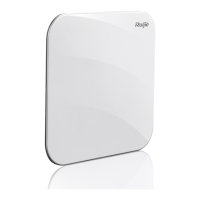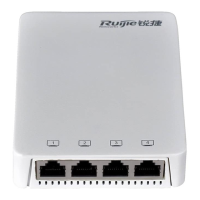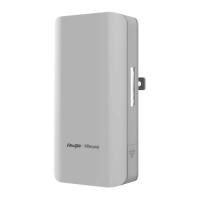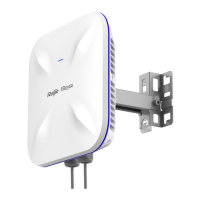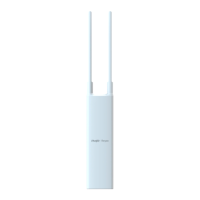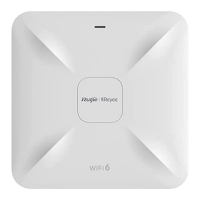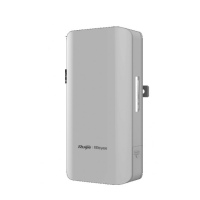Configuration Guide Configuring IP Addresses and Services
On hosts in the network segment 172.16.1.0/24, set the gateway to 172.16.1.1; on hosts in the network segment
172.16.2.0/24, set the gateway to 172.16.2.1.
1.3 Features
Basic Concepts
IP Address
An IP address consists of 32 bits in binary. To facilitate writing and description, an IP address is generally expressed in
decimal. When expressed in decimal, an IP address is divided into four groups, with eight bits in each group. The value range
of each group is from 0 to 255, and groups are separated by a full stop ".". For example, "192.168.1.1" is an IP address
expressed in decimal.
IP addresses are used for interconnection at the IP layer. A 32-bit IP address consists of two parts, namely, the network bits
and the host bits. Based on the values of the first several bits in the network part, IP addresses in use can be classified into
four classes.
For a class A address, the most significant bit is 0.7 bits indicate a network ID, and 24 bits indicate a local address. There are
128 class A networks in total.
Figure 1-2
For a class B address, the first two most significant bits are 10.14 bits indicate a network ID, and 16 bits indicate a local
address. There are 16,348 class B networks in total.
Figure 1-3
For a class C address, the first three most significant bits are 110.21 bits indicate a network ID, and 8 bits indicate a local
address. There are 2,097,152 class C networks in total.
Figure 1-4
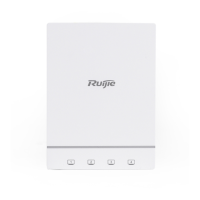
